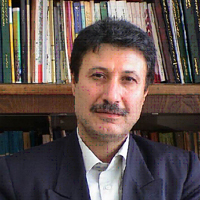A Comparative Study of Population Growth Indicators in Iranian Cities and Their Geographical Neighbors
In this comparative study, an attempt has been made to compare the population and several related indicators at the global and continental levels with population indicators and the position of Iran. This descriptive-analytical study used various sources such as books, articles, research reports, and related documents. The study evaluated the country's population outlook by analyzing birth and death rates, fertility rates, age structure, and migration patterns. T-tests and chi-square tests were employed to examine these variables in comparison with statistical data from other countries. Furthermore, population growth rates were compared between the country and continents such as Europe, Asia, and America, and the consistency among these rates was analyzed. While the country's urbanization rate has shown a steady increase over the past sixty years, rising from 31.4% in 1956 to 74% in 2015, this growth has been primarily concentrated in a few large metropolitan areas, especially Tehran. This trend is likely to persist, exacerbating the population density of metropolitan areas. The imbalanced growth of population and density, particularly in Tehran and a few other major cities, poses a significant challenge. It is therefore recommended that all national planning efforts be focused on mitigating this imbalance.
-
Formulating a Framework for Assessing Urban Resilience for Water Insecurities
Keramat Alle Zayyari *, Abolfazl Mansouri Etminan
Journal of Geography and Urban Space Development, -
Identifying and Compiling Indicators of the Feasibility of Urban Development Strategic Plans
Gashtaseb Keyani, Korush Afzali *, Karamat Zeyyari
Journal of Sustainable Development of Geographical Environment,



